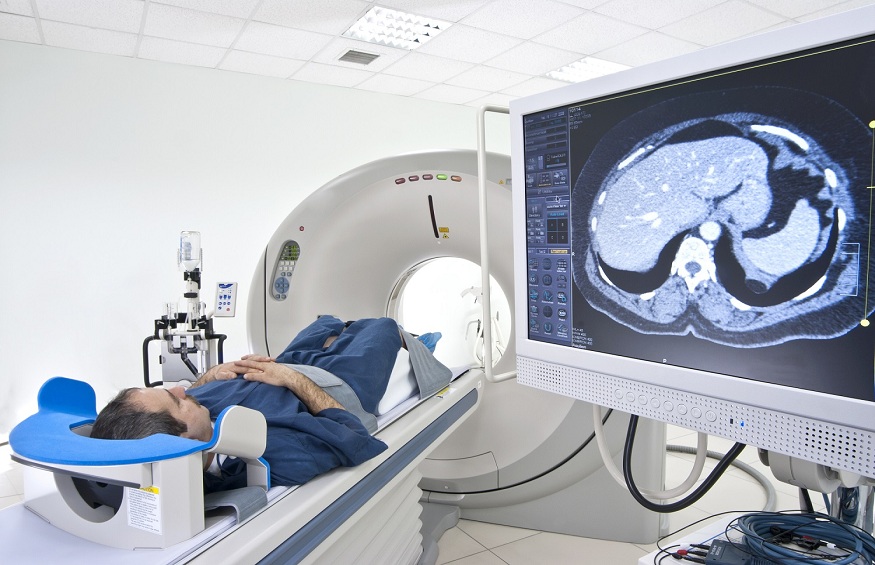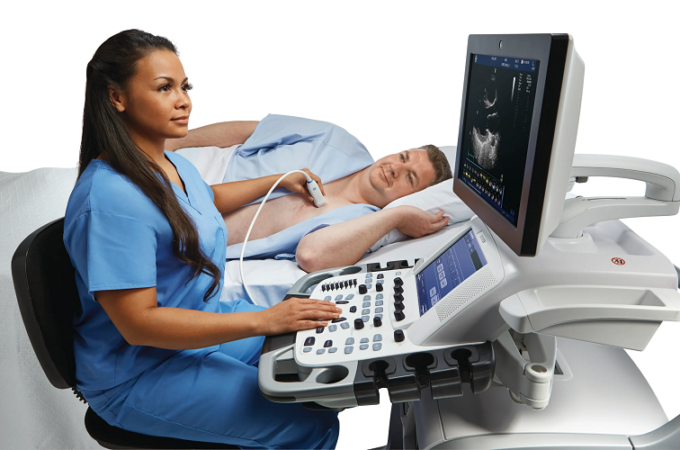
How to Choose the Right Medical Imaging and Diagnostics Provider
Medical imaging and diagnostics play a pivotal role in healthcare. Imaging scans and diagnostic tests guide nearly every aspect of care, from preventive screening to evaluating symptoms, making diagnoses, developing treatment plans, and assessing how treatments are working. With imaging and diagnostics being so vital to quality medical care, it’s essential to choose the right provider. This article outlines what to look for when selecting a trustworthy medical imaging and diagnostics partner.
Medical imaging refers to non-invasive techniques that peep inside the body without surgery, including X-rays, ultrasound, CT scans, MRI scans, PET scans, and nuclear medicine tests. Diagnostic tests analyze samples, like blood or tissue, to determine diseases or conditions. Both imaging scans and diagnostic tests aim to uncover health problems so they can be treated.
The quality of imaging and diagnostic infrastructure significantly impacts the ability to accurately detect medical issues. As technology advances, medical imaging and diagnostic capabilities have dramatically improved through detailed digital imagery, targeted scans, and innovative diagnostic tests. Ideally, healthcare providers have access to top-tier diagnostic imaging systems in USA clinics and labs utilizing cutting-edge imaging modalities and analytics.
There are critical factors for medical facilities and patients to evaluate when selecting imaging and diagnostics partners for optimal medical care. The following sections discuss considerations around technology, quality, and access when making this healthcare choice.
Leading imaging technology
The best medical imaging provides remarkably clear, precise pictures of anatomy to assist physicians in making well-informed diagnoses. State-of-the-art imaging platforms use powerful magnetic, radioactive, and soundwave forces controlled by optimized computers and software. Features like wider bores, stronger magnets, faster processing, and metal-artifact reduction allow detailed tissue visualization while increasing patient comfort.
When investigating providers’ technology capacity, inquire about the age, strength, features, and capability of MRI and CT scanner models compared to what is available. Ask if they utilize ultrasound techniques like elastography or contrast-enhanced imaging for enhanced detection ability. Leading medical facilities invest regularly to offer the country’s most advanced medical imaging and diagnostics infrastructure to benefit community health.
Specialist Expertise
The highest quality medical imaging and diagnostics relies on the specialized expertise put behind the technology. Radiologists require years of training to properly position anatomy, select protocol parameters, and adeptly operate complex interfaces to orchestrate the myriad mechanisms synchronously driving scans. Proper imaging technique is crucial for capturing usable diagnostic data from the images.
Diagnostic management encompasses appropriately ordering scans and tests per patient’s symptoms, skillfully interpreting results to inform diagnosis, and effectively communicating findings to guide treatment. Subspecialized radiologists devote focused practice to particular anatomical areas or modalities, allowing extensive experience that aids in rare disease detection. DIAGNOSTIC
When selecting a provider, consider the specialized fellowship training and clinical practice focus among the radiology team, in addition to their technology resources. Ask about interpretive quality control measures like radiologist peer review of cases to ensure accuracy.
Quality and safety
Providing medical imaging and diagnostic services comes with ethical standards and policies to uphold. Quality patient care revolves around properly protecting health information privacy per HIPAA guidelines. Other markers of excellence include accreditations like the American College of Radiology gold seals for CT, MRI, ultrasound, and mammography, which demonstrate rigorous standards for image quality, personnel, facilities, and equipment.
Safety requires following evidence-based best practices for scan acquisition, such as using the minimum radiation dosing or contrast volume necessary for diagnostic needs. Protocols must appropriately screen patients to ensure safety based on factors like implanted devices or kidney function. Technologists should monitor at-risk patients throughout procedures and be prepared to respond urgently to adverse reactions.
A quality provider has patient safety as their number one priority while striving for outstanding service. Inquire about their safety track record and inquiry handling process. High ratings from consumers indicate positive overall experiences.
Accessibility and Convenience
In healthcare, easy accessibility and patient convenience facilitate quality care through greater engagement and follow-up compliance. Imaging and diagnostic centers strategically located throughout communities with available parking make regular health monitoring simpler by reducing barriers like transportation difficulties.
Service-focused centers offer extended hours on weekends and earlier morning and late evening slots to accommodate a variety of schedules. The referral and scheduling process should be streamlined for prompt appointments optimized around patients’ needs. Registration, insurance verification, and result reporting should be hassle-free. Patient-centric access considerations make fulfilling imaging and testing orders a smooth experience, even for vulnerable populations.
Patient Education
High-quality medical imaging and diagnostics providers recognize patient education as a priority. Patients who understand scan preparation protocols, what to expect during procedures, radiation exposure risks, and result interpretations are better equipped to make informed decisions and follow care instructions.
Facilities should offer pre-exam patient education on topics like scan sequences, required breath holds, the importance of motion-free positioning, expected sensations, and safety precautions. After procedures, they should assess patient and family members comprehension of the results, treatment plans, and follow-up required. Education enables patients to feel comfortable during their crucial exams while also properly self-managing healthcare.
Financial Accountability
The costs of medical imaging and advanced diagnostics continue to rise, which impacts provider selection factors. Most private insurers and government plans have claims procedures expecting documentation about scan justification and protocol selection to authorize reimbursement. Preauthorization may even be required for advanced imaging to determine medical necessity.
When choosing a diagnostic imaging system in usa, inquire about average costs for common scans at their location compared to other regional options. Understand if preauthorization assistance is offered. Also confirm they code and submit claims accurately, adhering to quality compliance standards. Cost transparency and ethical billing practices demonstrate financial accountability that ensures maximal access.
Conclusion
Selecting facility partners for outsourced medical imaging and diagnostics requires extensive vetting across technology, specialist expertise, quality and safety, accessibility, patient education efforts, and financial accountability indicators. As imaging and testing permeate nearly all aspects of modern evidence-based medicine, making an informed provider choice is imperative for delivering comprehensive, ethical, patient-focused quality care. Facilities investing in regular technology upgrades, subspecialized staff education, continuous quality improvements, and community accessibility aim to provide elite medical imaging and diagnostic capabilities that benefit population health through accurate diagnoses.





